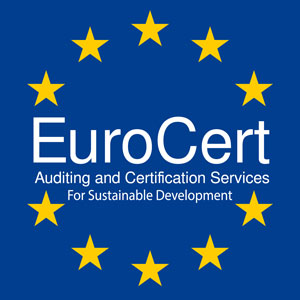Valuing Brands and Brand Equity: Methods and Processes
|
Introduction Branding as a concept has been around for many years now. Brands help identify and differentiate the goods and services of one organization from those of another. From a customer`s point of view, brands simplify shopping, aid in the processing of information about products, and makes them feel confident of their purchase decision. Managers have also become aware of the fact that the brand has become an important company asset, and focus is needed on the creation of brand equity. Brand equity as a concept has been developed over the last decade (Aaker 1991; Keller 1998). One of the main issues still to be resolved is how to value brands. Summarizing the primary thrust of articles published in the Journal of Marketing Research during 1987-1997, Malhotra et al concluded that in the area of brand evaluation and choice, future research should focus on further measurements of the brand equity construct (Malhotra, et al 1999). They proposed that a generally accepted measure could further the overall understanding of the strategic role of brand equity in extending the brand and in financially benefiting the firm. While there are a number of approaches available to managers, it is still uncertain which approach is best, and the issues around the discount rate, growth rate and useful life have to be resolved (Kapferer, 1994). As capital becomes less of a constraint on businesses there will be far greater emphasis on how this capital is used to creatively differentiate the organisation. The abundance of capital means that physical assets can be replicated with ease (Drucker, 1998). The point of differentiation (and the source of shareholder value) will flow from intangible assets. Two main trends are driving the need for a greater understanding of the techniques used to measure brand equity. The first is the growing need to evaluate the “productivity” of marketing spend (Sheth and Sisoda, 2000); and the second is the accounting requirement that purchased brands are capitalized and amortized. The benefit of ascertaining the correct brand value will ensure that resources are appropriately channeled to where they will deliver the greatest value to the organization, particularly in optimizing a brand portfolio. Decisions regarding the correct level of marketing spend, the evaluation of brand manager performance, and the initial decision whether to build a strong brand will be simplified. Another potential use is ensuring that the correct value is determined for mergers and acquisition purposes. It is time for marketing as a profession to adopt common standards much like the accounting profession has adopted standards of practice in their field. Furthermore, an accurate brand equity valuation ensures that brand-licensing fees correctly reflect the benefits received (Keller, 1998).The objectives of this article are : to identify and review the various approaches and methods used to value brands and to discuss the issues managers need to consider when evaluating valuation methods. The major contribution of this article is that it provides managers with guidelines on what to look for when going through a brand valuation process . |

